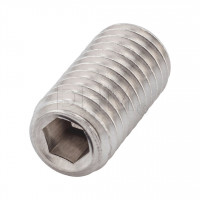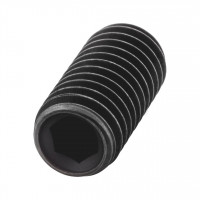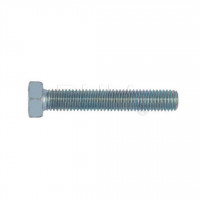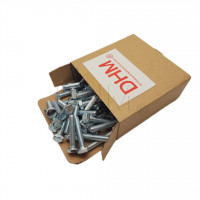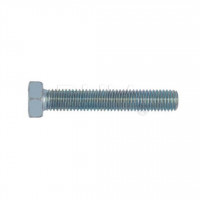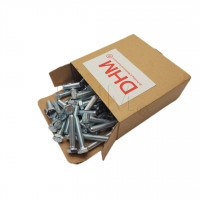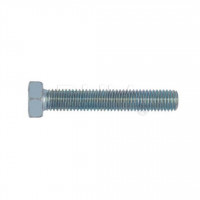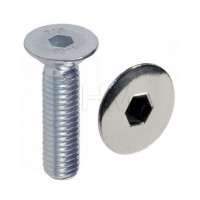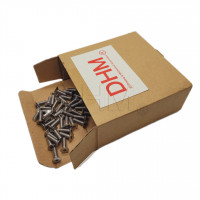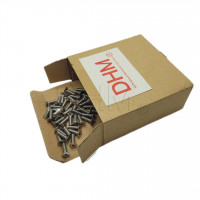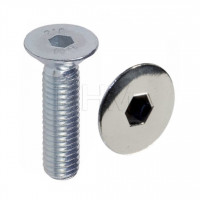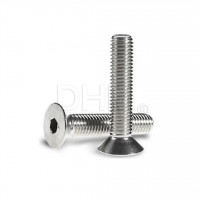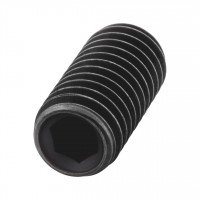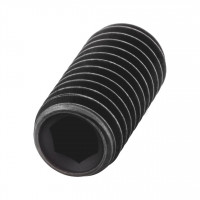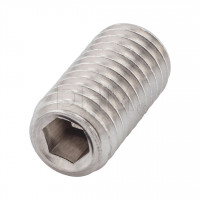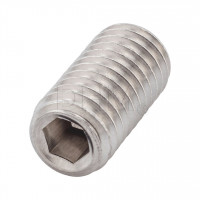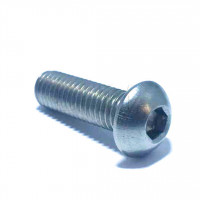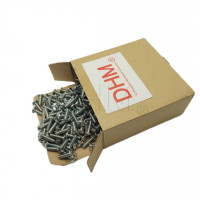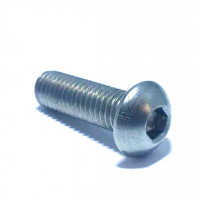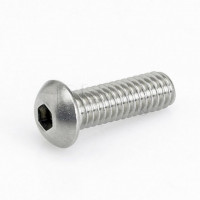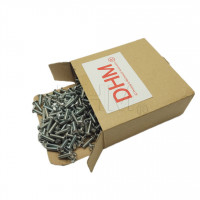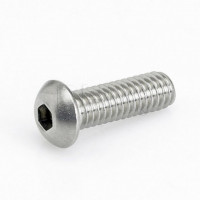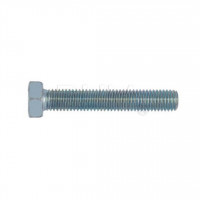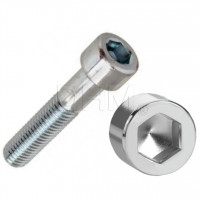The choice of a screw head is not just a matter of aesthetic design, but has a fundamental impact on the functionality and reliability of mechanical joints.
Each type of head offers specific advantages that can affect clamping force, ease of assembly, and final appearance.
In this brief guide, we will explore the main types of screw heads and how to choose the right one for your project.
1. Hexagonal head
Hexagonal head screws are among the most recognizable and widely used screws in industry. This head has a hexagonal shape that allows high torques to be applied using a hexagonal wrench. Here are the main advantages of hexagonal heads:
- Application of Torque: The hex head allows significant torque to be applied, making it ideal for applications that require high clamping force.
- Usage: They are commonly used in industrial environments and for high-strength applications such as pressurized piping and pressure vessels because of their ability to keep joints tight and secure over time.
- Advantages: Hex screws are strong, readily available and provide a stable connection even under heavy loads.

2. Hex Head Screws
Hexagon socket head screws, or cylindrical head screws with an internal hexagon, have a hexagonal recession that allows the use of a socket wrench. The main advantages of this head include:
- Easy Access: The recessed head allows the screws to fit flush with the surrounding material, facilitating access in tight spaces.
- Strength and Aesthetics: It combines strength with an elegant appearance, making it ideal for applications that require both strength and aesthetics, such as in precision machinery and high-quality furniture.
- Usage: Suitable for molds, tools, and mechanical components where a balance of strength and a neat look is needed

3. Button-Head Screws - Button-Head Screws
Button-head screws, or pan-head screws, are designed for applications where a larger bearing surface or a more finished appearance is required.
This round, flat head offers:
- Aesthetics and Functionality: The convex cylindrical head provides a clean, finished appearance, ideal for applications where aesthetics are important, such as in furniture and electronic devices.
- Pressure Distribution: The head's large surface area helps distribute pressure evenly, preventing damage to surrounding material.
- Typical Applications: These are preferred for applications where clamping force is not the main issue, but a sleek design and even pressure distribution is important.
4. Countersunk Flat Head Screws.
Countersunk flat head screws are designed to be fully integrated into the material into which they are inserted, creating a uniform surface with no protrusions.
- Flush Design: Due to their conical shape, they fit perfectly into the material, leaving a smooth surface. This is especially useful for applications where protrusions need to be avoided, such as in cladding panels or surfaces subject to frequent contact.
- Aesthetics and Functionality: They provide a clean, uncluttered appearance, making them suitable for projects where aesthetics are crucial.
- Typical Applications: Ideal for furniture, metal panels, and wood structures where sturdy but unobtrusive fastening is needed.

5. Headless Screws.
Headless screws, also known as grub screws, are special fasteners that do not have a traditional head. These components take the form of a cylindrical stem that can be fully threaded or threaded at both ends.

Key features:
- Headless design: Allows discreet and compact installation.
- Variety of footprints: Available with hexagonal socket or screwdriver footprint for easy installation.
- Wide range of sizes: Available in different lengths, pitches and diameters.
Applications:
- Machinery assembly: Used for secure and space-saving connections.
- Electronic equipment construction: Ideal for applications in confined spaces.
- Fixture installation: They ensure stability and precision in fastening.
Among the most widely used products are various types of grains specific to industrial and mechanical sectors.
Conclusion
The choice of screw head type is crucial to ensure a functional and durable mechanical joint.
Each type of head, whether hex, button, hex socket, or flat countersunk, offers specific advantages that can affect clamping force, aesthetics, and ease of assembly.
Understanding the characteristics and applications of each type of head will help you select the best component for your needs, ensuring optimal performance for your project.






